First broadcast 5 June 2010.
Let’s talk about what Doctor Who fans have come to refer to as the “celebrity historical”. It is an artefact of the 21st century version of the series, which starts with Mark Gatiss’ “The Unquiet Dead” where the Doctor and Rose meet 19th century author Charles Dickens while fighting against a species of gaseous aliens. Through Russell T Davies’ four initial seasons as showrunner of Doctor Who, the Doctor went on to meet Queen Victoria in “Tooth and Claw”, William Shakespeare in “The Shakespeare Code”, and Agatha Christie in “The Unicorn and the Wasp”. With Steven Moffat taking the reins of the series, Season 5 is blessed with two celebrity historicals: Winston Churchill in “Victory of the Daleks”, and now Vincent Van Gogh in “Vincent and the Doctor”.
The original 1963-1989 run of Doctor Who didn’t really have celebrity historicals; what it initially had was a strong, high quality run of actual historical dramas, in which the Doctor and his TARDIS were the only science fiction elements present. The historical – a type of adventure that includes some of the series’ all-time serials, including “Marco Polo”, “The Aztecs”, and “The Massacre of St Bartholomew’s Eve” – had essentially run its course by the fourth of the original series. The last-ever proper historical story was “Black Orchid” in 1982.
What effectively replaced the historical in the old days was stories set in a historical period, but with storylines driven by science fiction elements. These “pseudo-historicals” kicked off with “The Time Meddler” in 1965, and included another raft of great serials including “The Evil of the Daleks”, “The Time Warrior” (Jon Pertwee’s only historical adventure), “The Masque of Mandragora”, and “The Visitation”.
The pure historicals died because production teams of the time did not trust that their audience was as interested in them as they were the science fiction adventures. The pseudo-historicals continue post-2005, and to my mind generally produce much better results than their showy celebrity equivalents. The celebrity ones are typical of Russell T Davies really: after “Vincent and the Doctor”, and putting aside an appearance by Richard Nixon, Steven Moffat never produces a celebrity historical again.
For me, just as the pseudo-historical represents something of a lack of trust by the creatives that the Who audience can enjoy non-science fiction drama, the celebrity historical reeks of a lack of trust that they will easily flock to historical settings. It is an opportunity to generate publicity, but it rarely results in particularly strong episodes and more often than not shoe-horns the narrative in unhelpful ways. The reason I am labouring on the celebrity historical for such length here is partly because they effective conclude as an annual event here, but mostly because “Vincent and the Doctor” is the classic ‘exception that proves the rule’. This is the time that jamming the Doctor up against a famous identity genuinely, thoroughly, and remarkably works.
When the Doctor (Matt Smith) and Amy (Karen Gillan) spy the image of a monster hiding in a Van Gogh painting, they travel back in time to 1890 Artes to question the man himself. They find Vincent Van Gogh (Tony Curran) living in fear of a creature that only he can see – and which is murdering the villagers each night.
It was a surprise, earlier in Season 5, when sitcom writer Simon Nye improbably turned up behind the exceptional, quite unsettling “Amy’s Choice”. It is even more surprising when “Vincent and the Doctor” turns out to be from writer and director Richard Curtis, the widely acclaimed talent behind “Blackadder”, “The Vicar of Dibley”, and the films Four Weddings and a Funeral, Notting Hill, and Love Actually. Not just a comedy writer, then, but effectively British comic royalty.
Truth be told, I am not the biggest fan of Richard Curtis and do not really buy into his particular brand of eccentric English romantic comedy. Likely the best thing he had a hand in was the series finale of Blackadder Goes Forth (1989, co-written with Ben Elton). Almost certainly the second-best is this episode of Doctor Who.
There is a superficial bit of nonsense on the surface here, in which the Doctor and Amy go hunting in rural France for an invisible alien creature that’s eating the locals. This simple story is a skeleton, and more importantly – critically, even – it is only there to be a metaphor.
Blunt as a sledgehammer, Curtis equates the rampaging creature with depression: both are a terrifying monster that no one else can see. One could quibble that the script is too on the nose with Vincent’s mental illness, but that would involve misjudging the intent. It is important to remember that Doctor Who remains in part a drama for children. To take a very important social issue and miraculously address it in a form a child can understand, and to do that in a way that is imaginative, sensitive, and mindful of a simultaneous audience of adults? That is truly remarkable. This is one of the most accomplished and admirable episodes the series has ever had.
Tony Curran does a fantastic job of playing Vincent, and creates a hugely sympathetic portrayal of a difficult and anti-social man. The production team also excel themselves, turning a small village in Croatia into the Artes that appears in so many of the real Van Gogh’s paintings. To cap off the entire Van Gogh tribute, a climactic scene sees Vincent, the Doctor and Amy lying in a field looking up at the night sky. After inviting them to see the world as he sees it, the sky bursts into swirls of colour and light: the imagery of Van Gogh’s art rendered perfectly in live action. It is all so effective. Director Jonny Campbell does unbelievably accomplished work here.
The episode also features two brief appearances by Bill Nighy as a Musée d’Orsay curator. Initially it might seem like a great actor has been wasted in such a small role, but it actually leads the viewer to really pay attention to what his character is saying. His assessment of Van Gogh’s art and reputation is critical to appreciating the episode as a whole. It helps to create the perfect ending: the Doctor and Amy take Vincent forward in time to discover what an impact his art will have on the world. He breaks down and cries – what else would any rational human being do?
And then he goes back to his own time and, a few months down the track, commits suicide anyway. It is a jolting conclusion, but a perfect one. Depression is not always something that can be fixed, and certainly not by a time-travelling madman in a box. That Curtis refuses to pull his emotional punches is what pushes “Vincent and the Doctor” from being a good episode into being a great one. This is easily the best episode of the season. It is arguably the best of the entire Matt Smith era. It is also, I think, the one celebrity historical that justifies the format. Van Gogh is not the story here. Unlike Dickens, or Shakespeare, or Churchill, he is an avenue to insight.
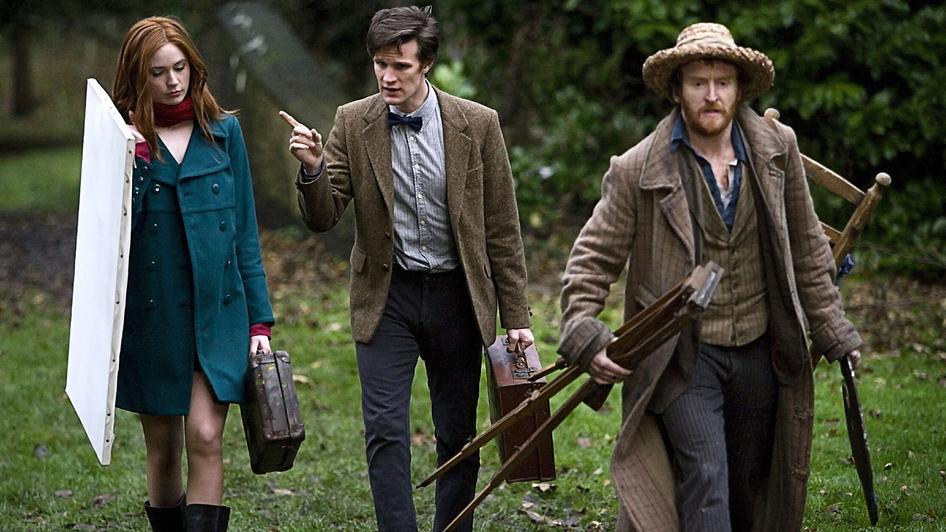
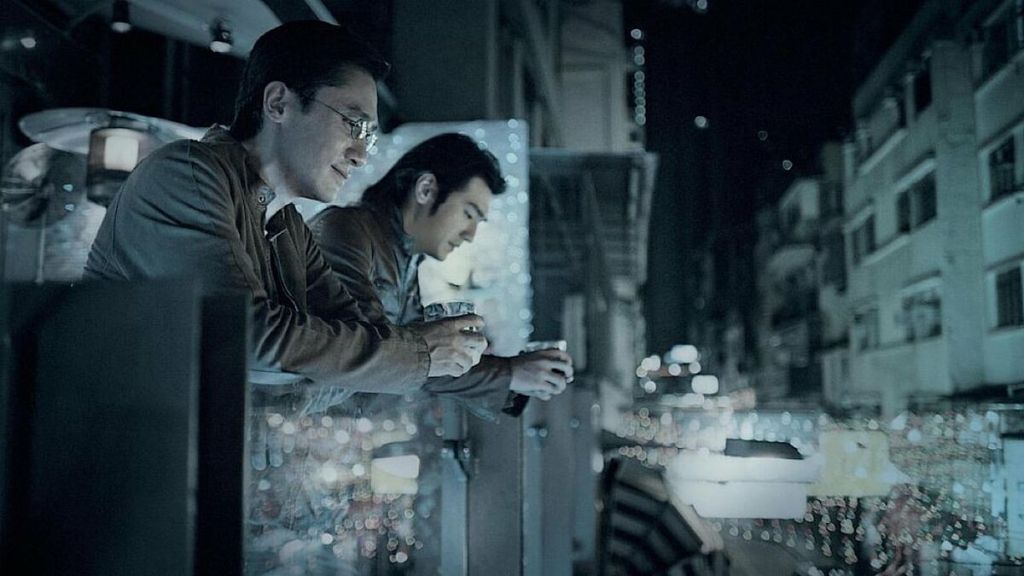
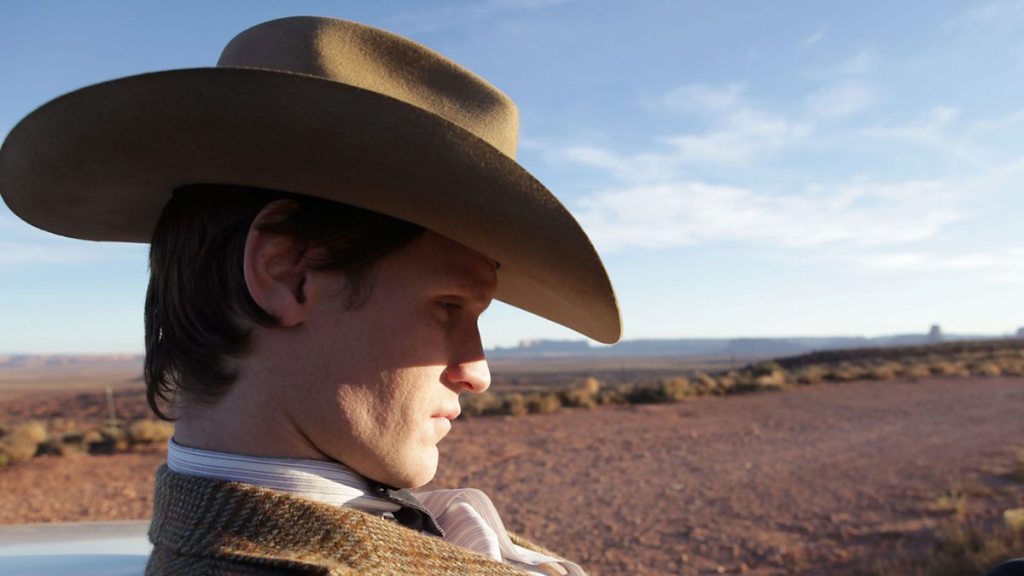
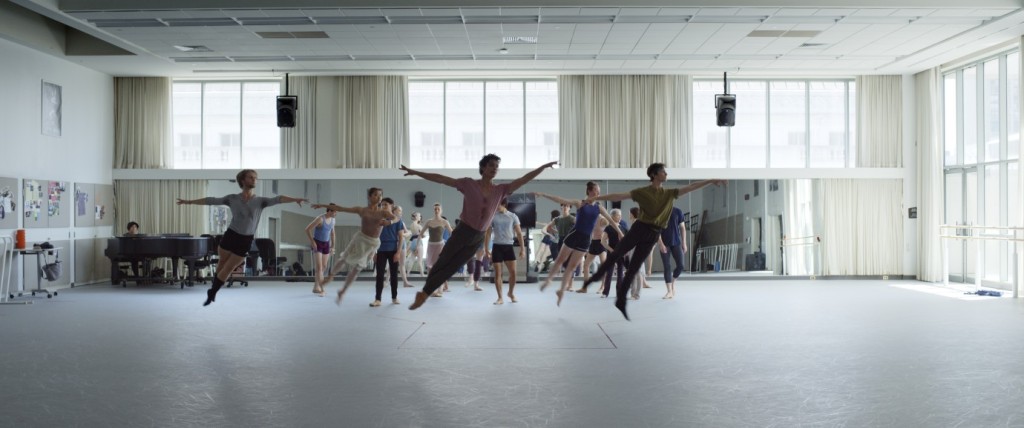
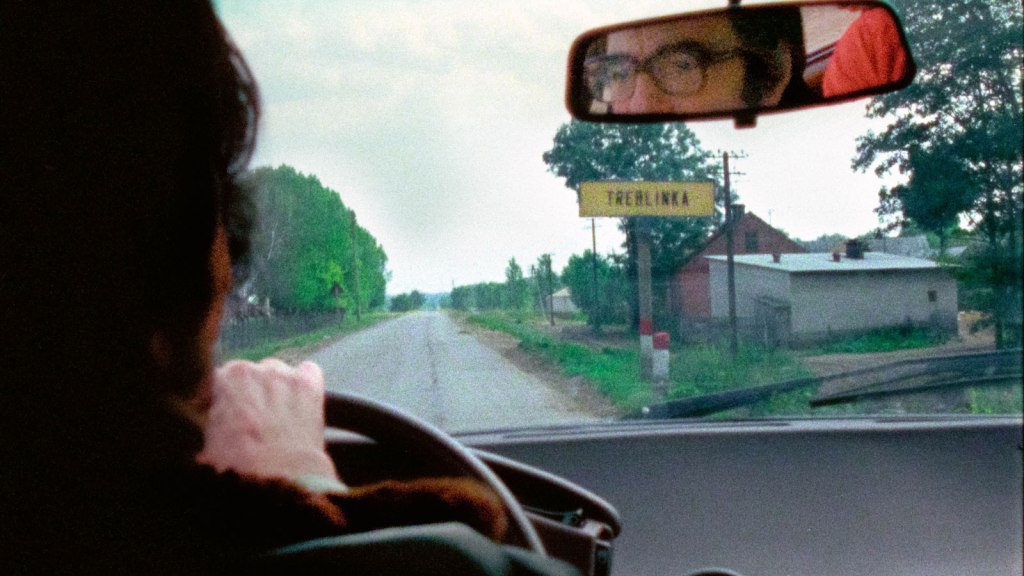
Leave a comment